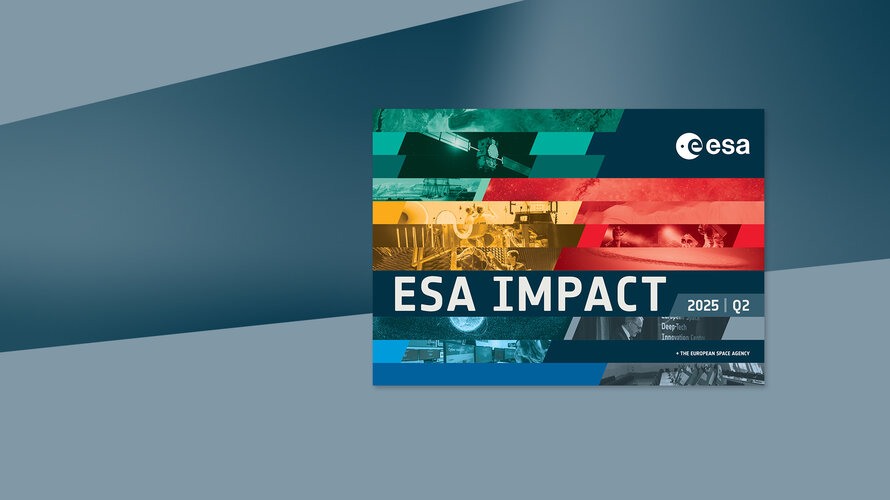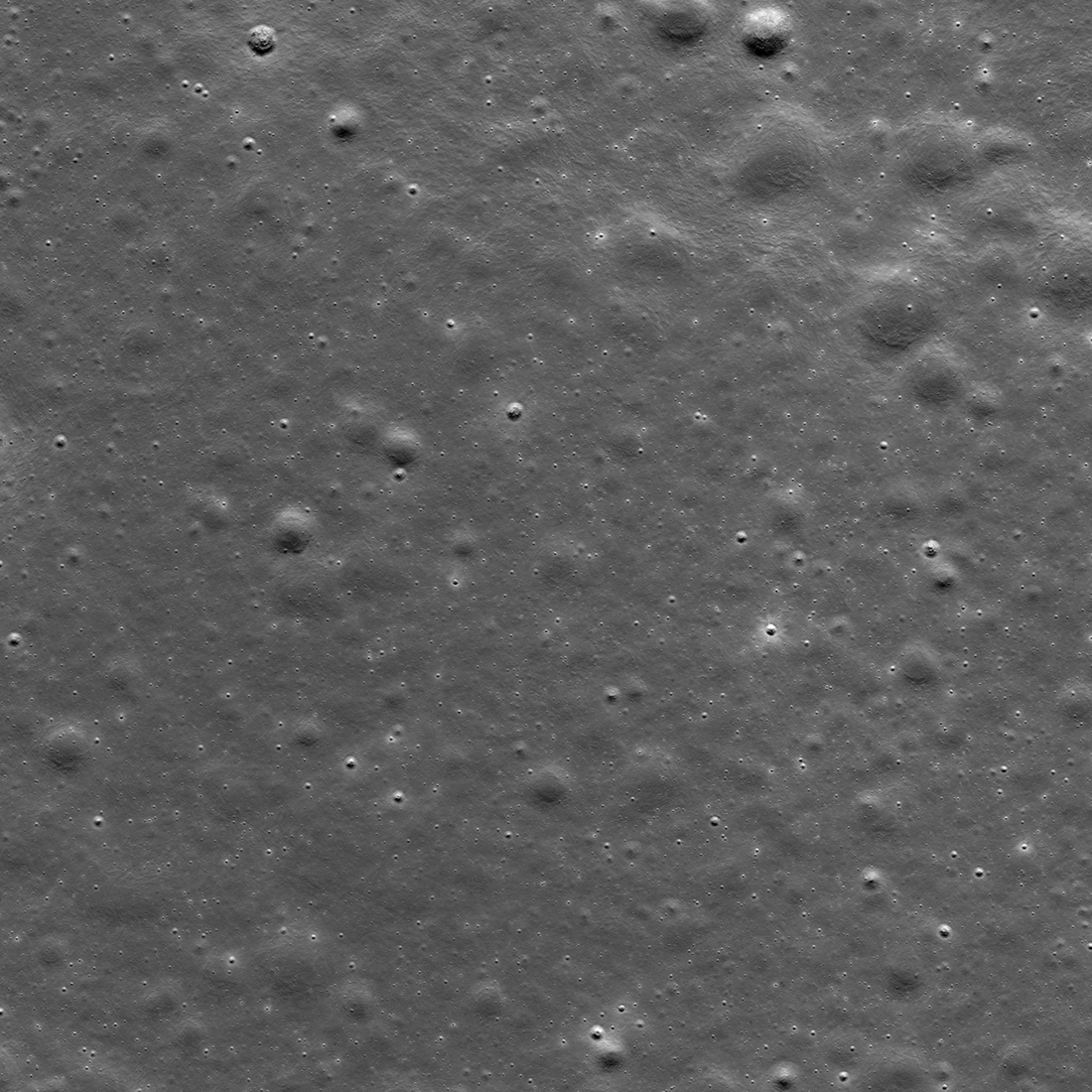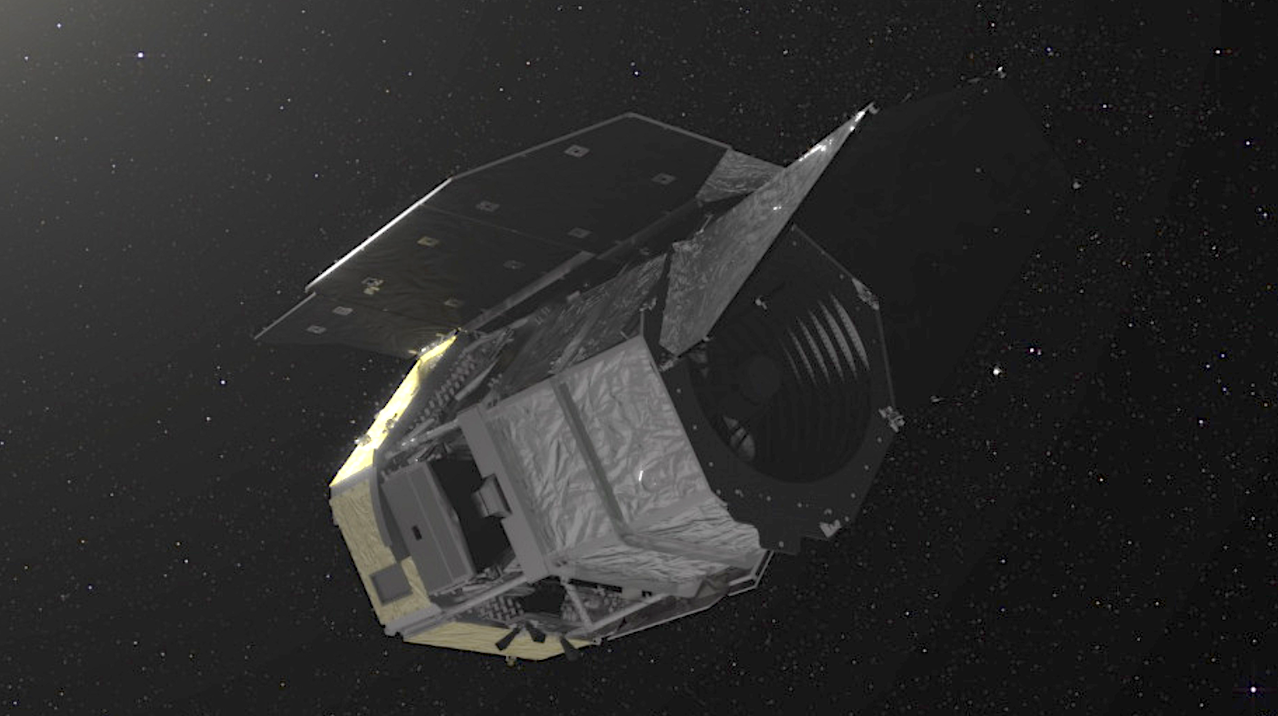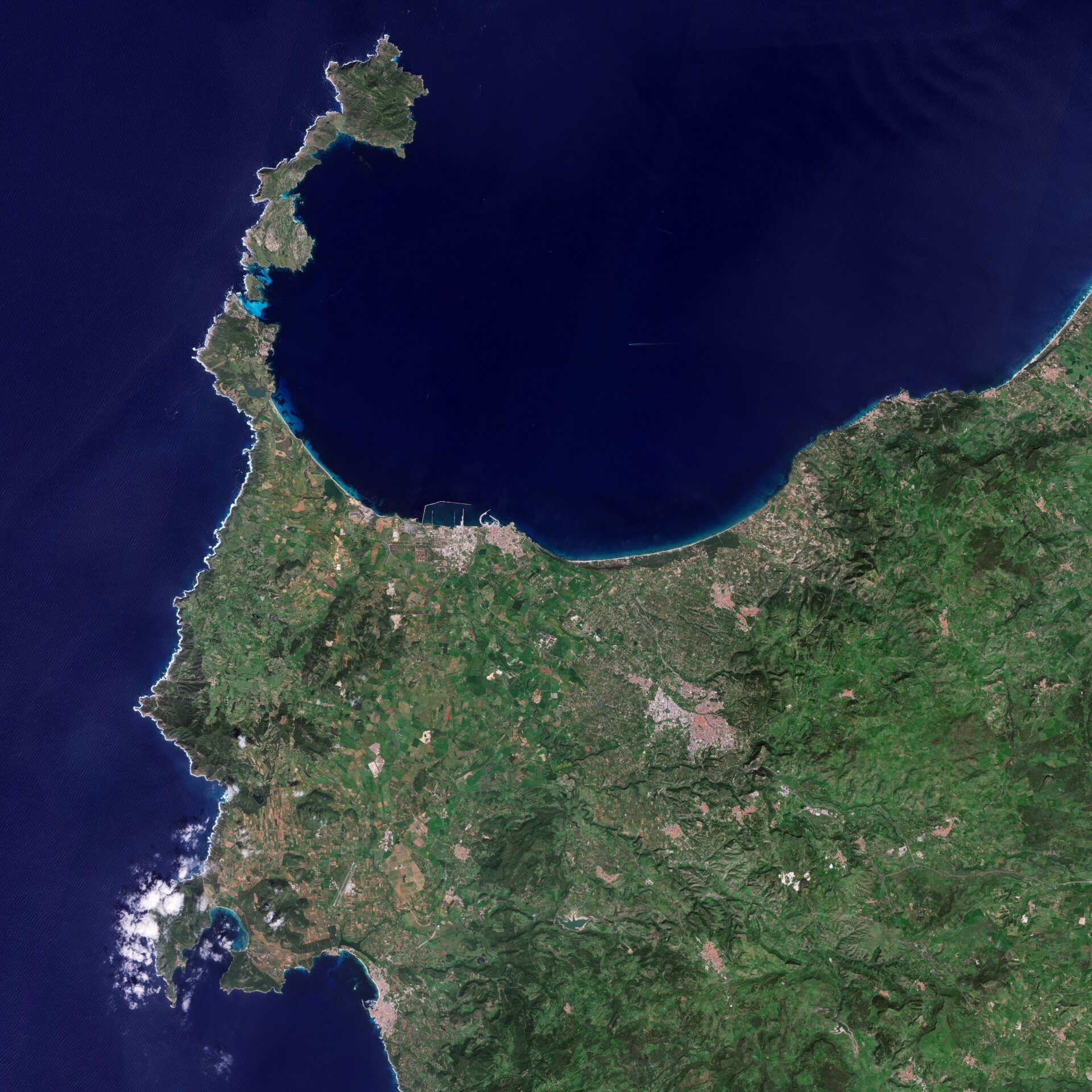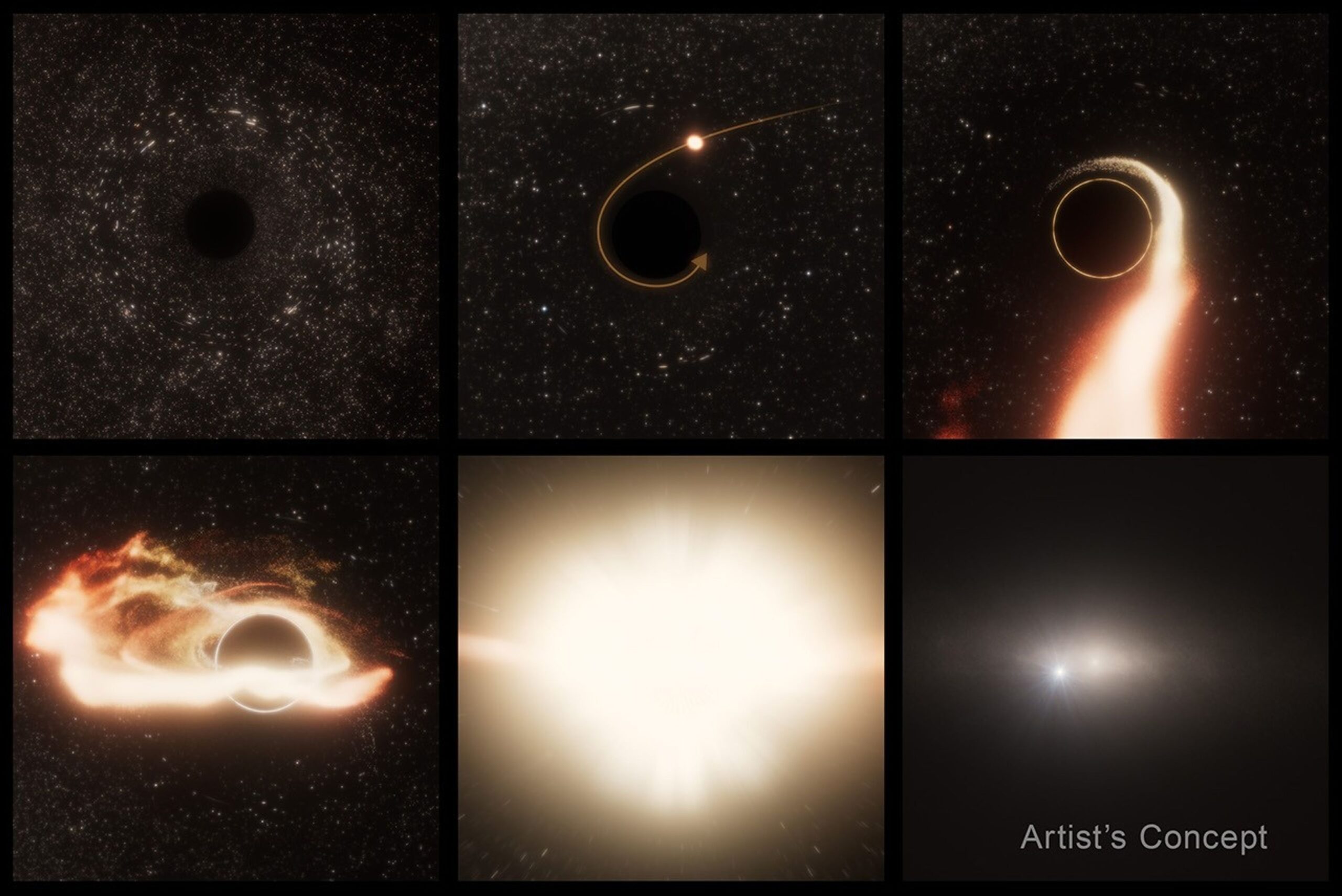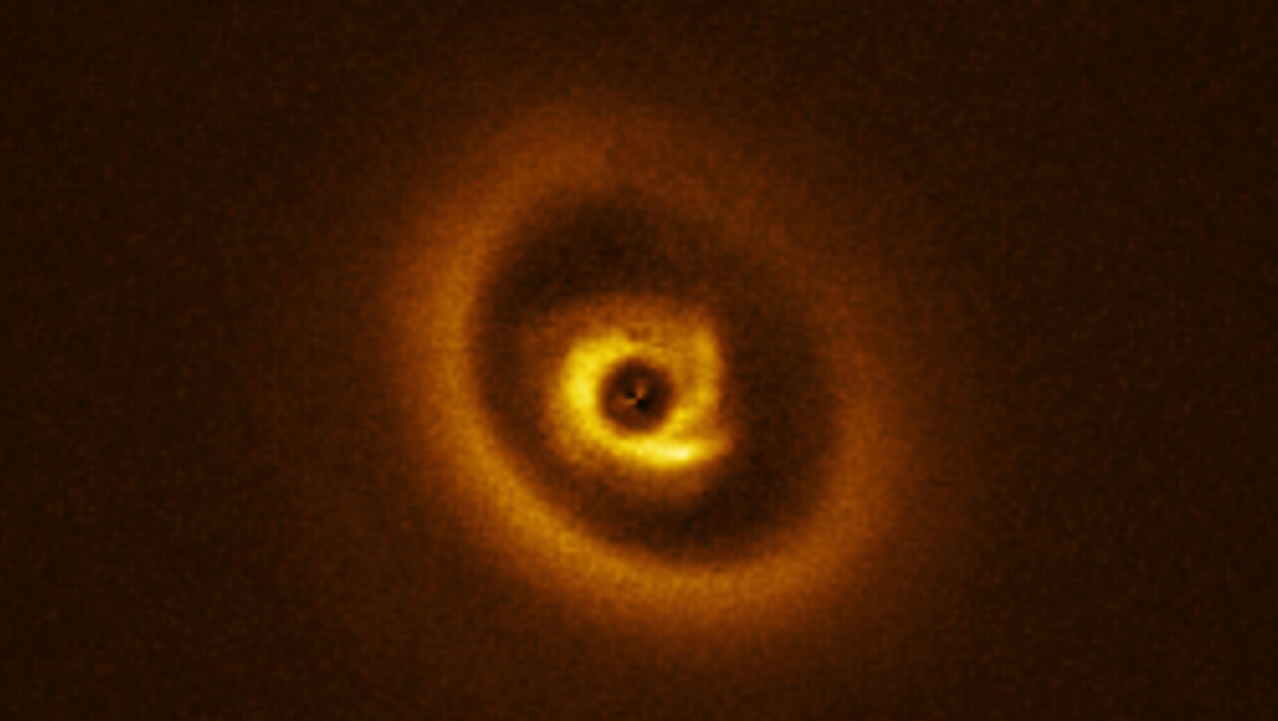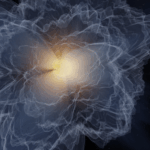It’s March 2005, and before Revenge of the Sith‘s release in theaters and several other major Star Wars video game launches, Republic Commando has just hit the shelves. It looks
Hot Posts173- Page
2025 is packed with awesome-looking upcoming space games, but even amongst the crowd, we think Xbox and Obsidian’s The Outer Worlds 2 could be special. After the more ambitious structure
Agency 10/06/2025 490 views 22 likes Welcome to ESA Impact, your interactive gateway to the most captivating stories and stunning visuals from the European Space Agency. This second quarter of
In the ever-expanding universe of young adult fiction, where the boundaries of imagination are constantly pushed, “First Contact (The Dawning Saga)” emerges as a beacon of creativity and adventure. Set
1 min read Preparations for Next Moonwalk Simulations Underway (and Underwater) NASA’s Lunar Reconnaissance Orbiter Camera (LROC) imaged the landing area of the ispace SMBC x HAKUTO-R Venture Moon Mission
Nancy Grace Roman Space Telescope Free-floating planets comprise one of the most enigmatic populations of exoplanets in the Galaxy. Though ground-based observations point to a large abundance of these worlds,
Part of the Italian island of Sardinia is featured in this image captured by the Copernicus Sentinel-2 mission. Zoom in to explore this image at its full 10 m resolution or
Astronomers have caught a black hole far from the center of its home galaxy ripping a star to shreds — providing, for the first time, direct evidence of a rogue
Join our newsletter to get the latest military space news every Tuesday by veteran defense journalist Sandra Erwin. On April 17, Gen. B. Chance Saltzman, Chief of Space Operations of
Close-up of the star RIK 113, seen here surrounded by a cloud of gas and dust called a protoplanetary disc. These discs are a common feature around young stars, containing
-
 012024 in Review: Highlights from NASA in Silicon Valley
012024 in Review: Highlights from NASA in Silicon Valley -
 02Panasonic Leica Summilux DG 15mm f/1.7 ASPH review
02Panasonic Leica Summilux DG 15mm f/1.7 ASPH review -
 03From Polymerization-Enabled Folding and Assembly to Chemical Evolution: Key Processes for Emergence of Functional Polymers in the Origin of Life
03From Polymerization-Enabled Folding and Assembly to Chemical Evolution: Key Processes for Emergence of Functional Polymers in the Origin of Life -
 04How New NASA, India Earth Satellite NISAR Will See Earth
04How New NASA, India Earth Satellite NISAR Will See Earth -
 05And Thus Begins A New Year For Life On Earth
05And Thus Begins A New Year For Life On Earth -
 06Astronomy Activation Ambassadors: A New Era
06Astronomy Activation Ambassadors: A New Era -
07SpaceX launch surge helps set new global launch record in 2024




